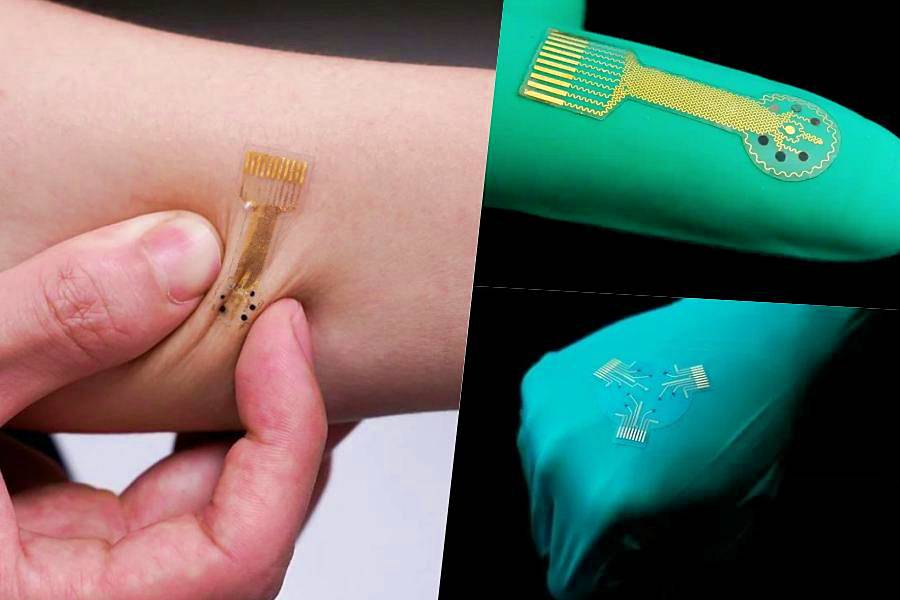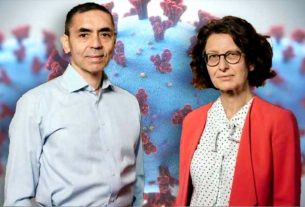Tue 28 March 2023:
Researchers in the United States have created a novel smart bandage with biosensors that can aid in the healing of chronic wounds such as diabetic ulcers and burns.
When someone gets a cut, scrape, burn, or other wound, the body usually takes care of itself and heals on its own.
However, diabetes can impede the healing process and result in wounds that do not heal and may become infected and fester.
Researchers at the California Institute of Technology (Caltech) developed a smart bandage that may make treating these wounds easier, more effective, and less expensive.

“There are many different types of chronic wounds, especially in diabetic ulcers and burns that last a long time and cause huge issues for the patient,” Wei Gao, Assistant Professor of medical engineering, at Caltech said.
“There is a demand for technology that can facilitate recovery,” Gao said.
Unlike a typical bandage, which might only consist of layers of absorbent material, the smart bandages are made from a flexible and stretchy polymer containing embedded electronics and medication.
The electronics allow the sensor to monitor for molecules like uric acid or lactate and conditions like pH level or temperature in the wound that may be indicative of inflammation or bacterial infection.
The bandage can transmit the gathered data from the wound wirelessly to a nearby computer, tablet, or smartphone for review by the patient or a medical professional.
It can deliver an antibiotic or other medication stored within the bandage directly to the wound site to treat the inflammation and infection.

According to the researchers’ paper published in the journal Science Advances, it can also apply a low-level electrical field to the wound to stimulate tissue growth, resulting in faster healing.
The bandage was tested in animal models in a laboratory setting. The smart bandages demonstrated the ability to provide researchers with real-time updates on wound conditions and the metabolic states of the animals, as well as to speed healing of chronic infected wounds similar to those found in humans.
According to Gao, the results are promising, and future research will focus on improving the bandage technology and testing it on human patients.





